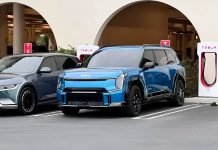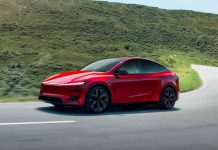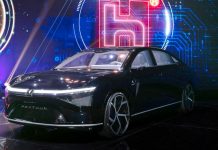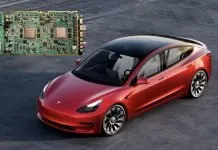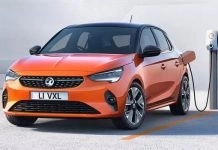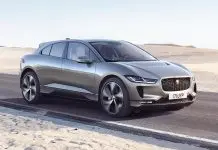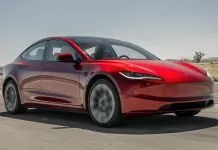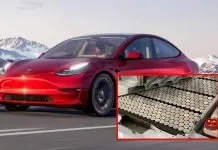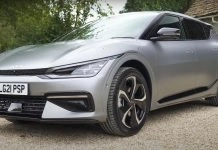This trend is well illustrated by new data from Start Rescue, a leading breakdown recovery provider, which shows the relative reliability of electric vehicles compared to their internal combustion engine counterparts.
More precisely, EVs that are ten years old and younger need roadside assistance 41 times less than their counterparts using traditional petrol or diesel. This statistic is interesting since it dispels the myth that electric vehicles are less reliable because of the complexity of technology.
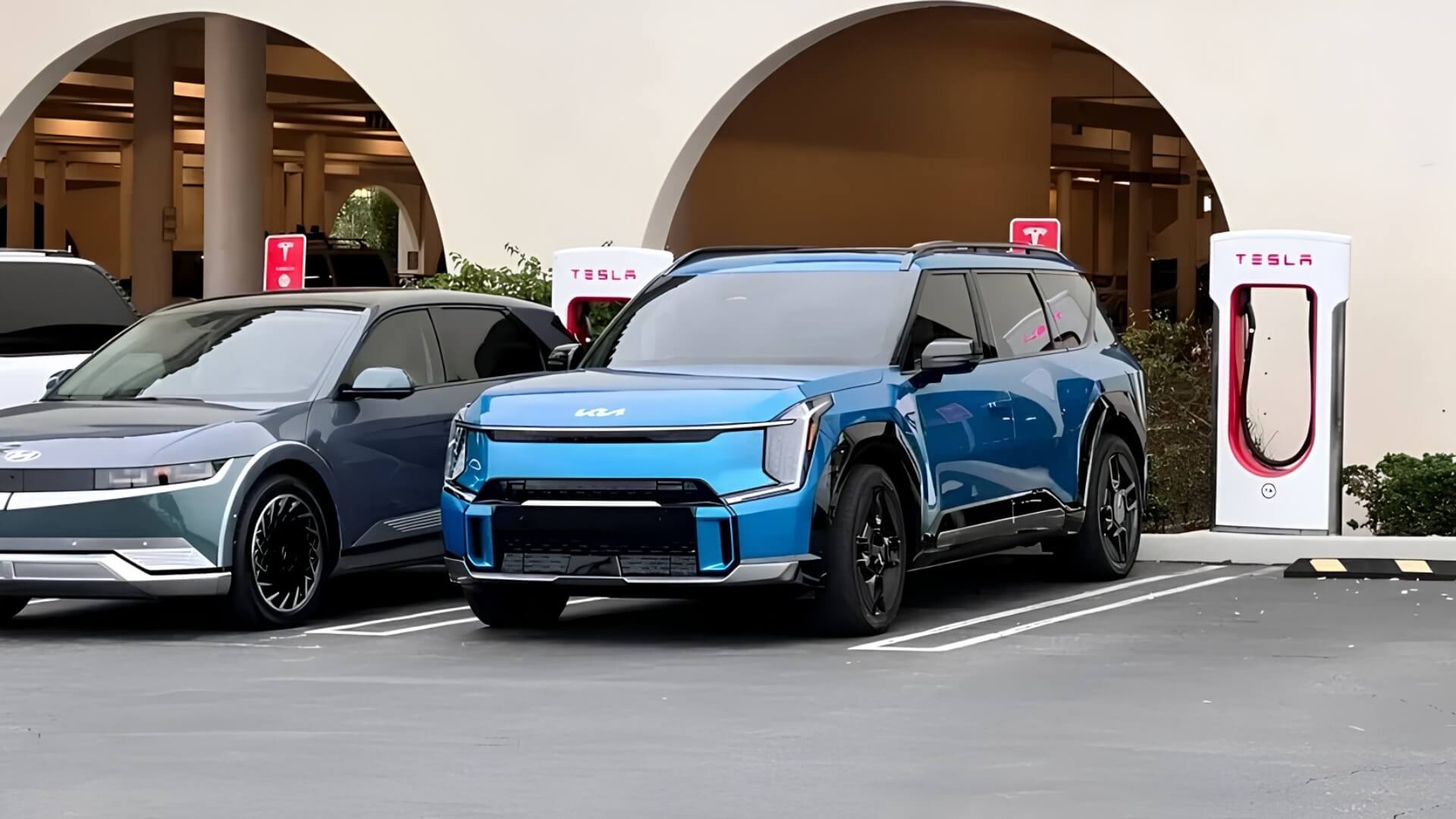
Breaking Down the Findings
In the view of Start Rescue, the above reliability applies not only to the overall breakdown rate. According to the data, EVs are also less likely to encounter the problem associated with flat batteries. For example, in breakdowns within calls out to EVs, only 23.7% were because of flat 12V batteries, while 29.7% were for ICE ones. This implies that both types of vehicles can develop battery-related challenges but that rates of such occurrences are lower in EVs.
According to Lee Puffett, the managing director of Start Rescue, these findings counter activities that seek to portray electric vehicles as unreliable. He said, “With well over a million EVs on the roads in the UK today, drivers can today choose an EV knowing full well they are less likely to be stranded at the roadside.”
Factors Contributing to Reliability
The average electric car has around 20 moving parts in the drive train, while an ICE car can have anywhere from 1000 to over 2000 moving parts. This, in turn, lowers the probability of a mechanical fallover, since OSI’s affairs are uncomplicated. It is amazing to note that EVs have highly developed electronic systems than those present in an ICE vehicle but in essence, they do not contain various parts that are present in ICEs such as the complicated fuel injection systems and the exhaust management system.
This means that the number of holes or angles at which a process can go wrong is reduced with the decrease in complexity. Also, Problems that are common sources of breakdown in ICE vehicles encompass those that affect the engine and fuel supply systems. In contrast, the majority of concerns associated with EVs stem from public misunderstandings – common misses such as wrong charging techniques.
Addressing Range Anxiety
Another factor that has been a source of concern among EV drivers is the fear of exhausted battery-often referred to as range anxiety. However, the evidence presented indicates that this is gradually decreasing. Recent data from AA revealed that only 2.3% of call-outs for EVs in 2023 will be caused by the nonavailability of charge, which is a remarkable drop as compared to previous years. This is a sign that with expansion in the public charging network and people growing more conversant with electrics, range issues are coming down.
Greg Carter, a technical specialist with the AA, pointed out that many of the early concerns over EV reliability were misplaced. He made that distinction while saying that the breakdown causes for both types of vehicles are similar, the list of components most likely to break down in an EV is shorter.
What This Means for Consumers
As electric vehicles continue to gain popularity, continually taking close to 18% of the total passenger car sales in the UK; it holds a great impact on the breakdown recovery system. The observed shift raises the question of whether overall breakdown experiences may decline as everyone begins to drive electric vehicles.
In addition, uncertainties about battery and charging technology are likely to grow in the future, making the reliability and convenience of owning an EV even more likely to improve than they currently do. When manufacturing companies continue to improve their designs and solve initial production problems, the impression that these cars are unreliable is expected to disappear.
Conclusion
The results derived from Start Rescue highlight a significant transformation of the car manufacturing and selling business as electric cars continue to flood the market. New findings indicate that EVs are less prone to failures than conventional automobiles, which can help consumers make better decisions when purchasing these products.
It is possible that the longer electric vehicles adapt themselves to the environment and the public accepts to embrace them, then not only they will be depicting the image of an environmentally friendly vehicle but a reliable one for the everyday driver.
Altogether, excellent reliability coefficients and continuously reducing concerns regarding the range of four electric vehicles are opening the door to a new world of travel – a world where any driver can feel confident on the road.



